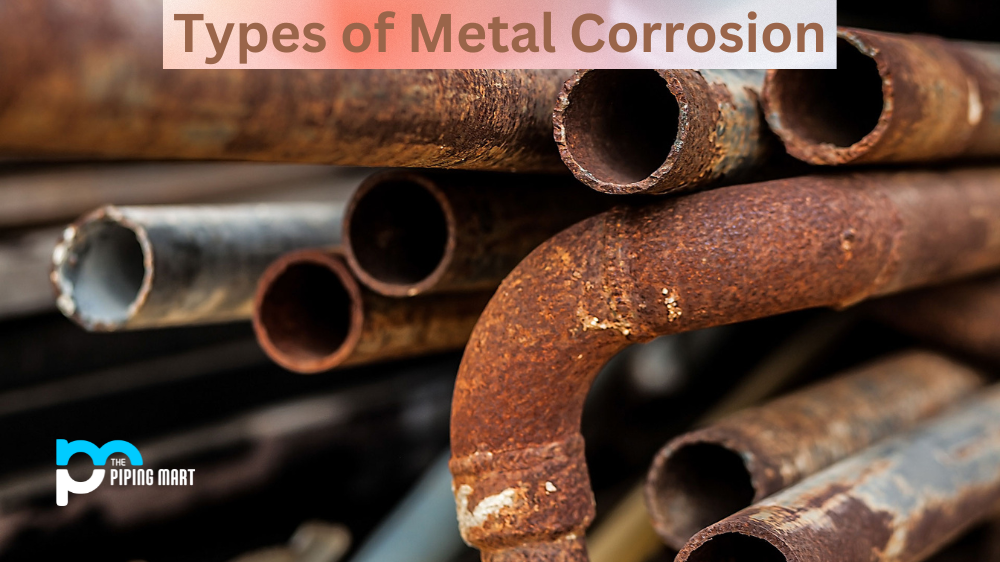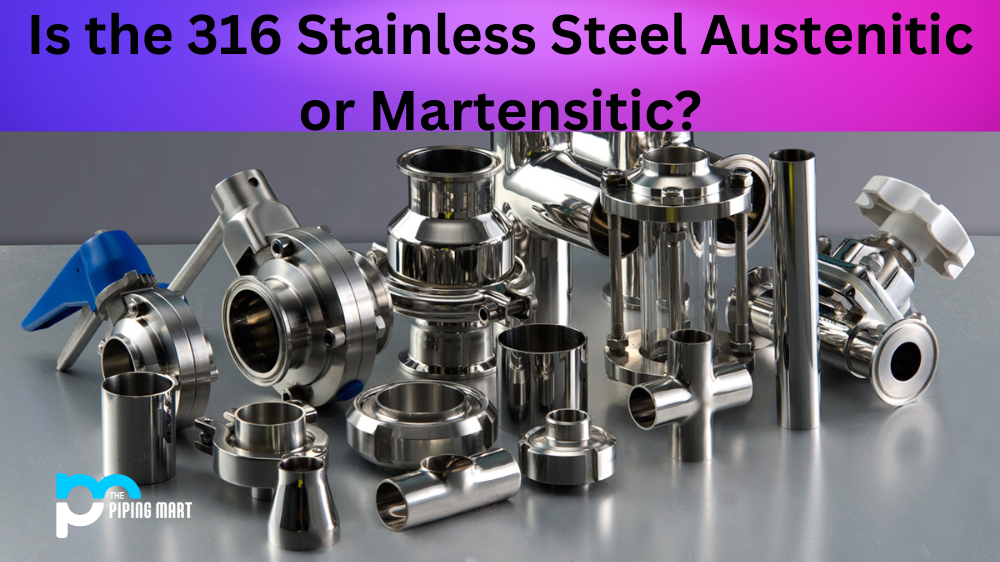When choosing the suitable material for your project, navigating the many options available can be overwhelming. In the case of A36 and 1020, two common carbon steel grades, it is essential to understand the differences in their chemical composition, mechanical properties, and potential applications. This blog post compares A36 vs 1020 to help you decide on your next project.
What is A36?
A36 is a low-carbon steel that is commonly used in structural applications. It is often used in the construction of bridges and buildings, as well as in manufacturing vehicles and equipment. A36 is available in various sizes and shapes, including sheets, plates, bars, and beams.
What is 1020?
1020 is a low-carbon steel that is commonly used in structural applications. It is often used in the construction of bridges and buildings, as well as in manufacturing vehicles and equipment. 1020 is available in various sizes and shapes, including sheets, plates, bars, and beams.
Differences between A36 and 1020
The main difference between A36 and 1020 is that A36 has a lower carbon content than 1020. Additionally, A36 is less likely to crack or tear during welding than 1020.
Chemical Composition
The main difference between A36 and 1020 lies in their chemical composition. A36 is a low-carbon steel with a maximum carbon content of 0.29%, while 1020 is a medium-carbon steel with a 0.20% to 0.25% carbon content. The higher carbon content in 1020 results in a slightly more rigid material but reduces its weldability and formability compared to A36. A36 contains other elements such as manganese, phosphorus, sulfur, and silicon to improve its mechanical properties.
Mechanical Properties
A36 and 1020 have similar mechanical properties, such as high tensile strength, yield strength, flexibility, toughness, and elongation. However, A36 has a minimum yield strength of 36 ksi, while 1020 has a minimum yield strength of only 25 ksi. This means that A36 can withstand higher stress and load before showing signs of deformation or failure, making it suitable for heavy-duty applications such as construction equipment, bridges, and industrial machinery.
Potential Applications
Due to its superior strength and toughness, A36 is commonly used in structural components and frames, where it’s high load-bearing capacity and shock absorption properties are essential. On the other hand, 1020 is often used in parts that require a higher degree of machinability and dimensional accuracy, such as gears, shafts, and pins. This is because its lower carbon content makes cutting, shaping, and forming easier without compromising the structural integrity.
Cost Considerations
Another essential factor to consider when choosing between A36 and 1020 is their relative cost. A36 is typically more expensive than 1020 due to its higher alloy content and overall strength. However, the choice ultimately depends on the specific application requirements and budget constraints. It is recommended to seek guidance from a materials expert or supplier to determine the most cost-effective and efficient option for your project.
Which one is better?
There is no definitive answer as to which one is better. Both A36 and 1020 have advantages and disadvantages when deciding which one to use.
Advantages of A36
Some advantages of using A36 include its weldability, formability, and durability. Additionally, A36 can be heat treated to improve its strength and hardness properties.
Advantages of 1020
Some advantages of using 1020 include its weldability, formability, and durability. Additionally, 1020 can be heat treated to improve its strength and hardness properties.
Conclusion:
In summary, A36 and 1020 have distinct chemical and mechanical properties that make them suitable for different applications. While A36 offers superior strength and durability, the 1020 is preferred for its machinability and cost-effectiveness. Ultimately, the right choice depends on your project’s needs and constraints. By understanding the differences between A36 and 1020, you can make an informed decision and ensure optimal performance and efficiency of your material choice.

A passionate metal industry expert and blogger. With over 5 years of experience in the field, Palak brings a wealth of knowledge and insight to her writing. Whether discussing the latest trends in the metal industry or sharing tips, she is dedicated to helping others succeed in the metal industry.




